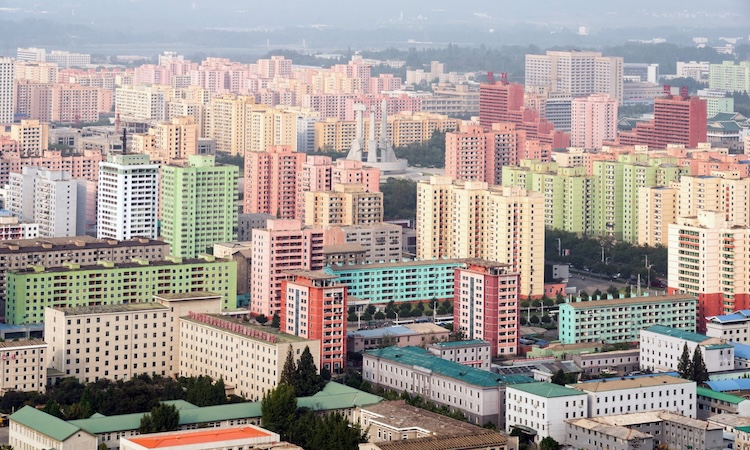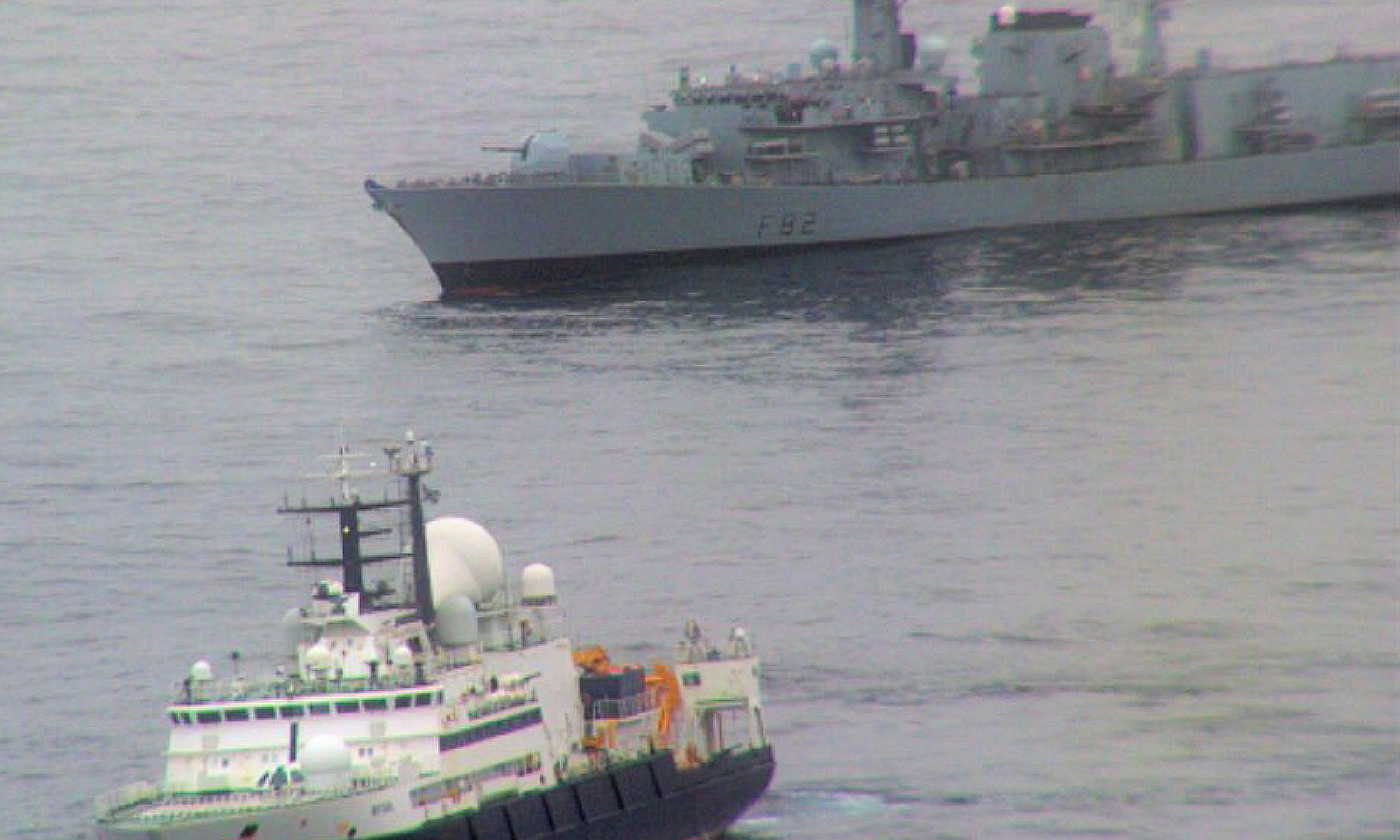The ‘just in time’ (JIT) approach to planning global supply lines has long been held up by bourgeois management ‘science’ as the most efficient way of keeping world trade flowing smoothly.
It is claimed that, by scaling down inventories, companies can respond more flexibly to fluctuations in supply and demand, cutting back on the production of obsolete stock and needless warehousing capacity. The JIT gurus would have us believe that, by organising global supply lines in this way, it is possible to overcome the anarchy of production that dogs the capitalist’s steps, smoothing over mismatches in supply and demand and rationalising production and transportation on a global scale.
And it is pretended that all this can be achieved within a market economy, with no plan and definitely no socialism.
Proponents of this approach are getting a rude awakening now, as the combined impact of the pandemic, labour shortages and climate events, all underpinned by a fundamental crisis of overproduction, are revealing that the supposed flexibility and resilience of the just in time approach are no more than capitalist pipe dreams.
‘Resilience’ a mirage
“Globally, there are now 584 container ships stuck outside ports, nearly double the number at the start of the year, according to real-time data from Kuehne+Nagel, one of the world’s largest freight forwarders …
“Increased demand for consumer products, Covid-induced disruption to container ship schedules and a shortage of port workers and truck drivers have all combined to extend waiting times at ports.
“Adding to the problem is that when ships arrive at their destinations later than expected, cargo operations and turnround schedules are knocked out of sequence, causing a ripple effect of disruption on freight, truck and warehouse services.
“The snarl-ups in supply chains are reflected in a surge in shipping costs: the average global price of shipping a 40 foot container is now close to $10,000, three times higher than at the start of 2021 and almost 10 times pre-pandemic levels, according to Freightos.” (The waiting game: where are the world’s worst port delays? by Gill Plimmer and Harry Dempsey, Financial Times, 15 October 2021)
Companies that have put their faith in the ability of the hidden hand of the market to keep everything running like clockwork, axing all their spare capacity in the pursuit of savings efficiencies (ie, the pursuit of maximum profit), are now being plunged into chaos.
Anarchy of capitalist production revealed
But whilst it may take a supply-side shock like this to draw public attention to the bankruptcy of JIT ‘science’, the reality is that at all times, all commodity production and distribution is conditioned by cut-throat competition, with market rivals constantly striving to outdo one another in the pursuit of cheaper supplies and labour.
The capitalist is confronted by a dilemma: either strip inventories down to the bone in the pursuit of savings efficiencies, risking shortages and price hikes, or buy or rent more warehousing capacity as a buffer against supply-side shocks, risking choking on commodities that cannot be realised as capital (sold) in a glutted market.
What drives commodity production is not the fulfilment of social needs but the generation of profits. Whilst every commodity must have some kind of use value to earn its place in the market, the production of commodities is no more than a way station for the production of capital. What matters is not the satisfaction of social wants but the generation of maximum profits, and so long as that remains the case, no amount of JIT wizardry can dislodge the anarchy of commodity production.
However, it was long ago proved in the Soviet Union that it is very possible to organise a planned socialist economy, spanning many Soviet Republics, once the means of production are socialised. This was an economy driven by the needs of the toiling masses not the profit of a few leeches; an economy which in the 1930s saw unprecedented industrial and agricultural growth at a time when the Great Depression saw only poverty, unemployment and social desperation in the capitalist west.
The only consolation for capitalism’s current ills offered by one commentator, in an article titled ‘The supply chain crisis has a silver lining’, is that the present state of affairs will soon reverse itself – when people are so broke that they will stop buying things, thereby restoring the balance between supply and demand!
“We are seeing the early signs of a global recession, with China and the USA slowing down and central banks potentially about to make things worse by reducing the ‘money printing’ that is quantitative easing, and even raising interest rates.
“Along with rising consumer prices, not least for fuel, this will make people more cautious about buying things. They will start using some of that saved $5tn to cover more urgent needs, so the demand for goods will drop sharply as a result.” (The supply chain crisis has a silver lining by Stavros Karamperidis, Asia Times, 25 October 2021)
The problem must indeed be desperate when a global recession, plunging millions into poverty, is welcomed as the only solution!















